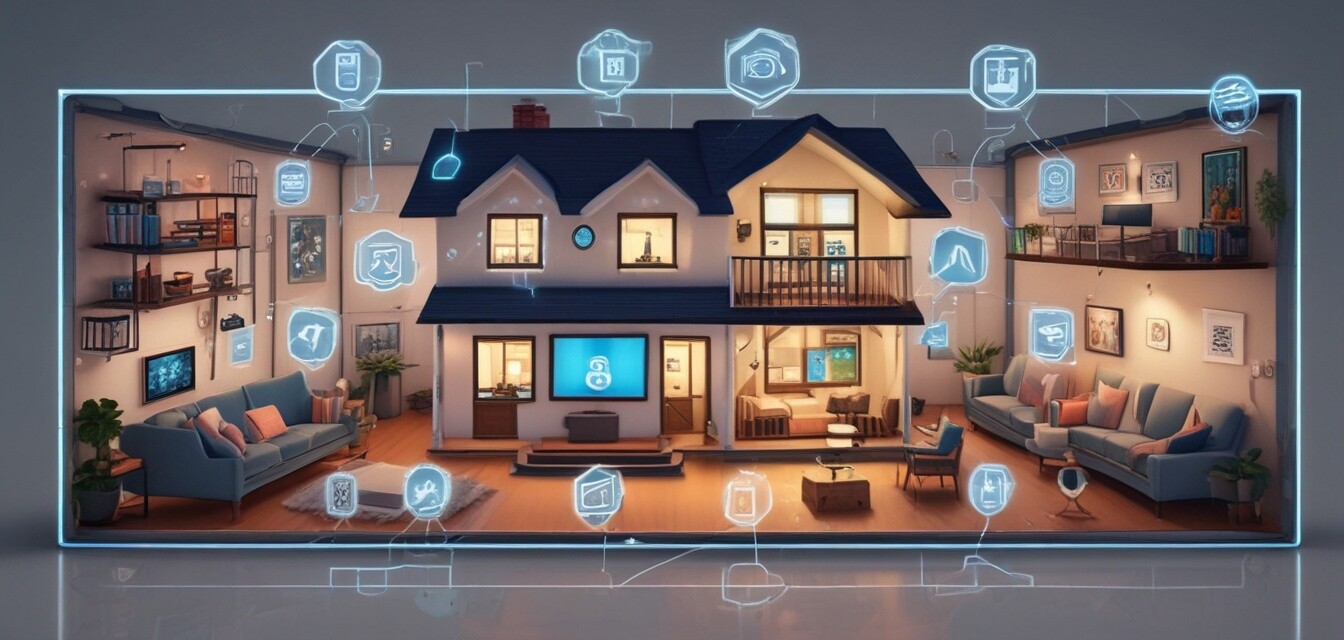
Assessing the Impact of Cybersecurity on Smart Home Devices
- Cybersecurity is essential to protect smart home devices from potential threats.
- Vulnerabilities in smart devices can lead to unauthorized access to personal data.
- Implementing strong security measures like two-factor authentication and regular updates is crucial.
- Understanding the risks can significantly enhance home security systems.
- Stay informed about the latest trends in smart security technology to maximize protection.
As technology continues to advance, the allure of smart home devices grows. With the convenience of automation, homeowners can enhance their everyday living experiences. However, along with these benefits comes a significant concern: cybersecurity. In this article, we will explore the importance of cybersecurity measures in safeguarding smart home devices from potential threats.
Understanding the risks associated with smart home devices
Smart home devices, from smart thermostats to security cameras, are immensely popular for making life easier. Yet, they also present vulnerabilities that cybercriminals can exploit. Below are some common risks associated with these devices:
| Risk Type | Description |
|---|---|
| Unauthorized Access | Hackers can gain control of devices through weak passwords or outdated software. |
| Data Breaches | Sensitive personal data can be exposed if devices are not properly secured. |
| Privacy Invasion | Cameras or microphones can be hacked, compromising the homeowner's privacy. |
| Botnet Attacks | Compromised devices can be added to a botnet for coordinated attacks on networks. |
The significance of cybersecurity measures
To fully enjoy the benefits that smart home devices provide, implementing robust cybersecurity measures is vital.
1. Strong Passwords
Using complex and unique passwords for each device can significantly reduce the risk of unauthorized access.
2. Regular Updates
Many manufacturers regularly release software updates to address known vulnerabilities. Keeping devices updated is essential for maintaining security.
3. Two-Factor Authentication
Enabling two-factor authentication adds an extra layer of protection, making it harder for intruders to gain access.
4. Secure Network
Using a strong Wi-Fi security protocol, such as WPA3, and creating a separate network for smart devices can help safeguard against external threats.
How to enhance your smart home security
To be proactive in securing your home, consider the following strategies:
- Conduct a security assessment to identify potential vulnerabilities.
- Stay informed about the latest security breaches and trends in smart technologies by visiting our blog on latest security technology trends.
- Utilize firewall and antivirus solutions for an additional protective layer.
- Educate all household members on safe practices for using smart devices.
- Consider investing in advanced security systems, including security alarms and sensors for comprehensive protection.
The future of smart home devices and cybersecurity
As technologies evolve, so does the landscape of cyber threats. Homeowners must remain vigilant and adapt to new security measures available in the market:
| Feature | Traditional Devices | Smart Devices with Enhanced Security |
|---|---|---|
| Basic Password Protection | Limited | Strong, customizable passwords |
| Software Updates | Infrequent | Regular and automatic updates |
| Remote Access | None | Secure cloud-based access |
| Data Encryption | Minimal | End-to-end encryption |
Conclusion
Cybersecurity is an essential aspect of ensuring the longevity and safety of smart home devices. By understanding the risks and implementing key security measures, homeowners can reap the benefits of technological advancements without falling victim to cyber threats. Stay informed and proactive to safeguard your home in this evolving digital landscape.
Tips for Beginners
- Read reviews and ratings before purchasing smart devices to understand their security features.
- Consult with professionals on the best cybersecurity practices for home automation.
- Participate in online forums or communities to learn from experienced users.
